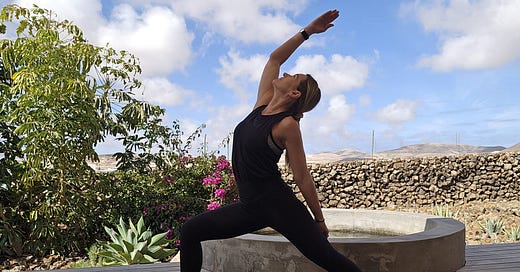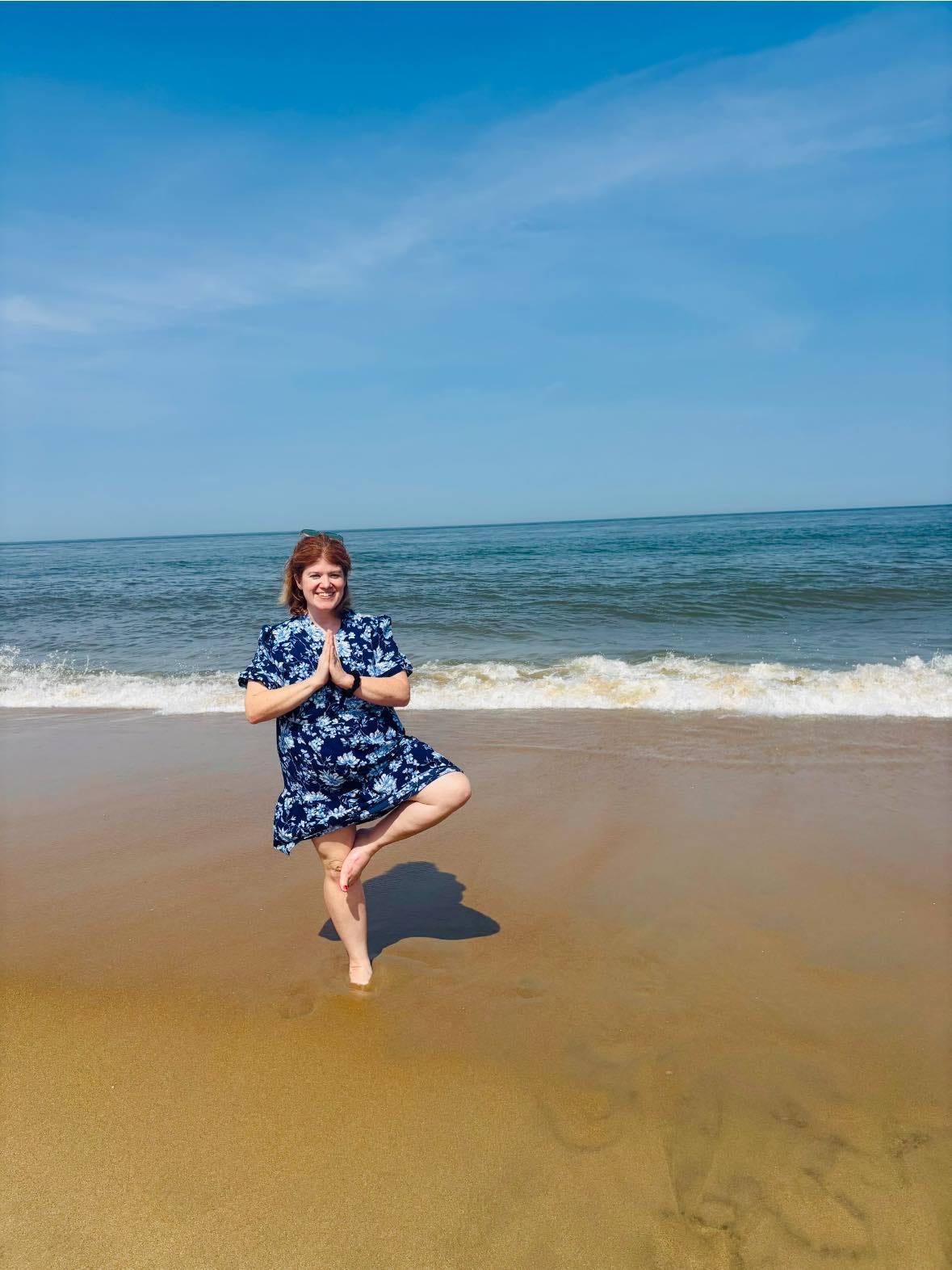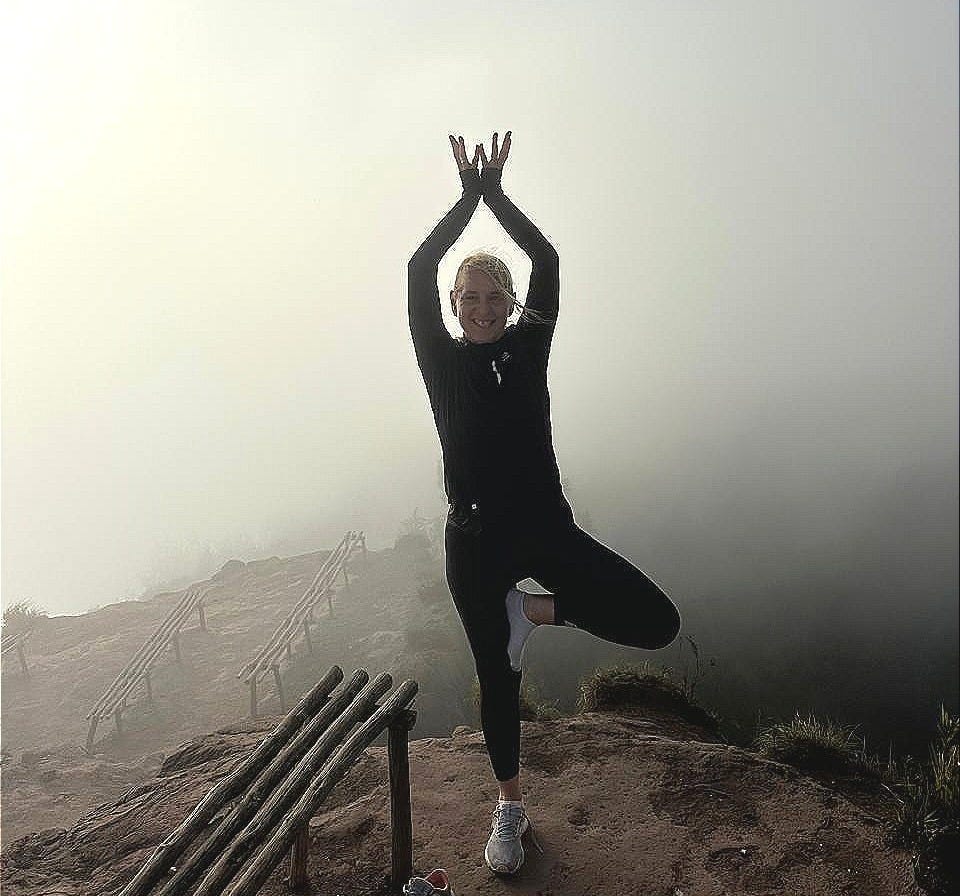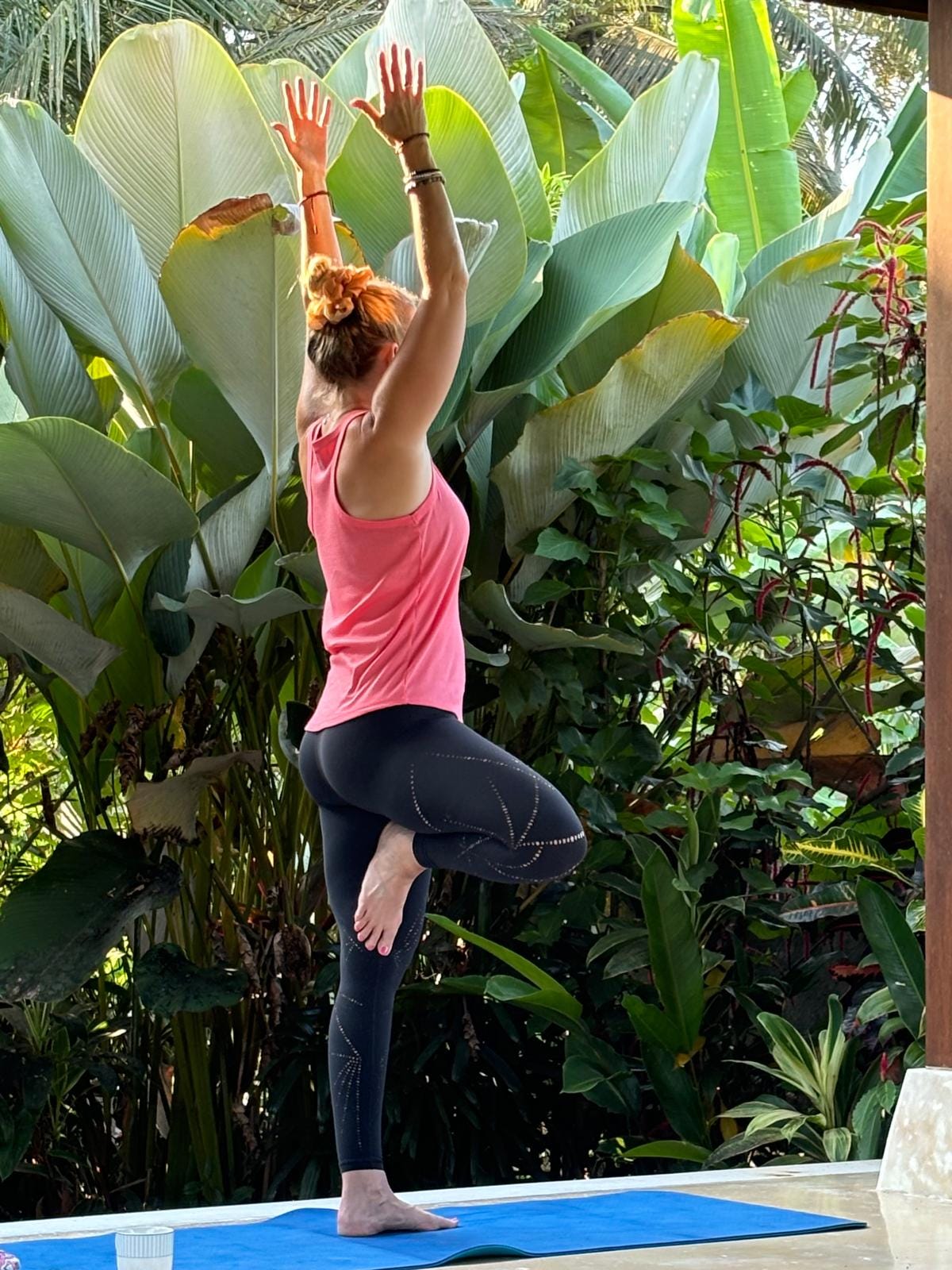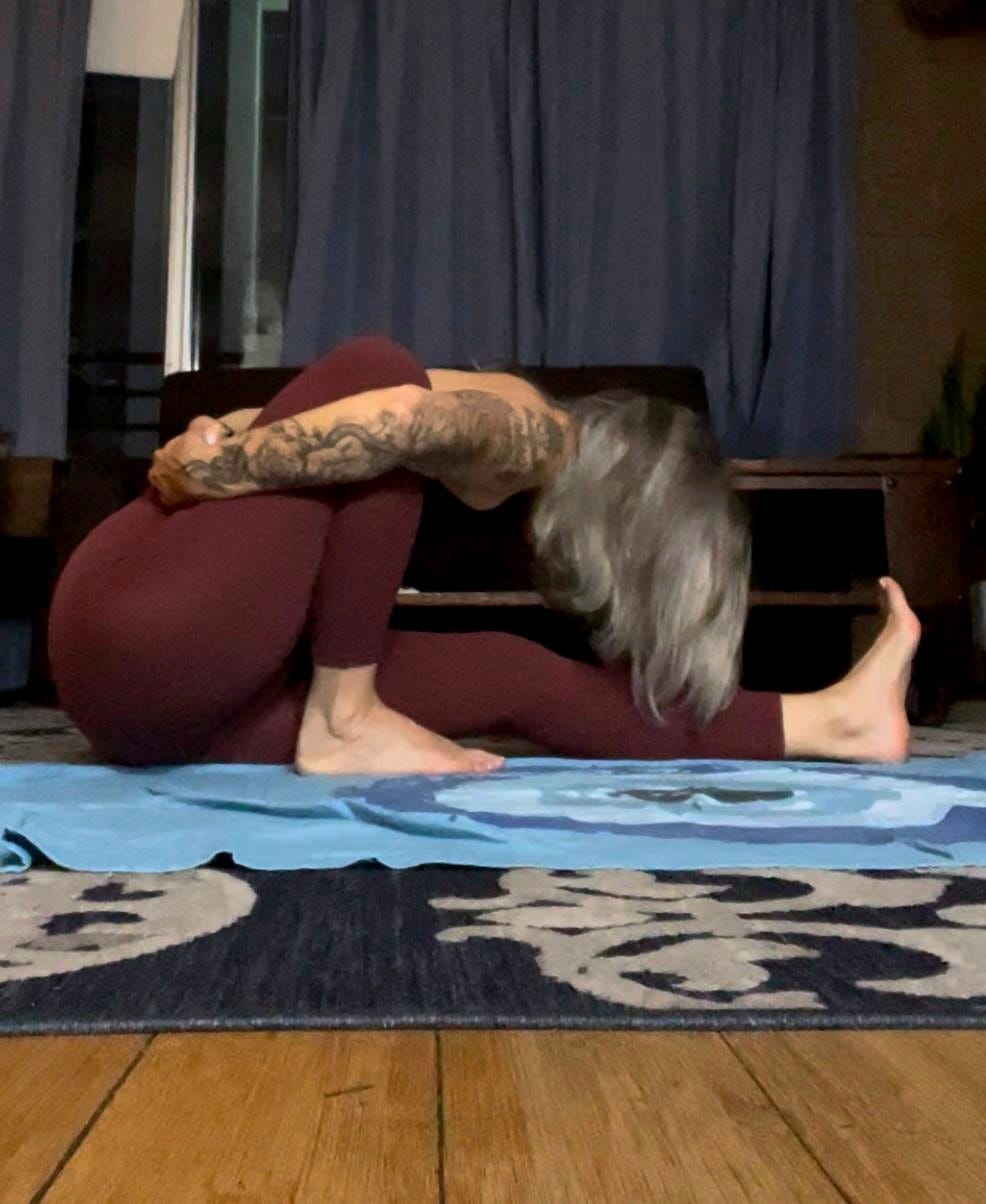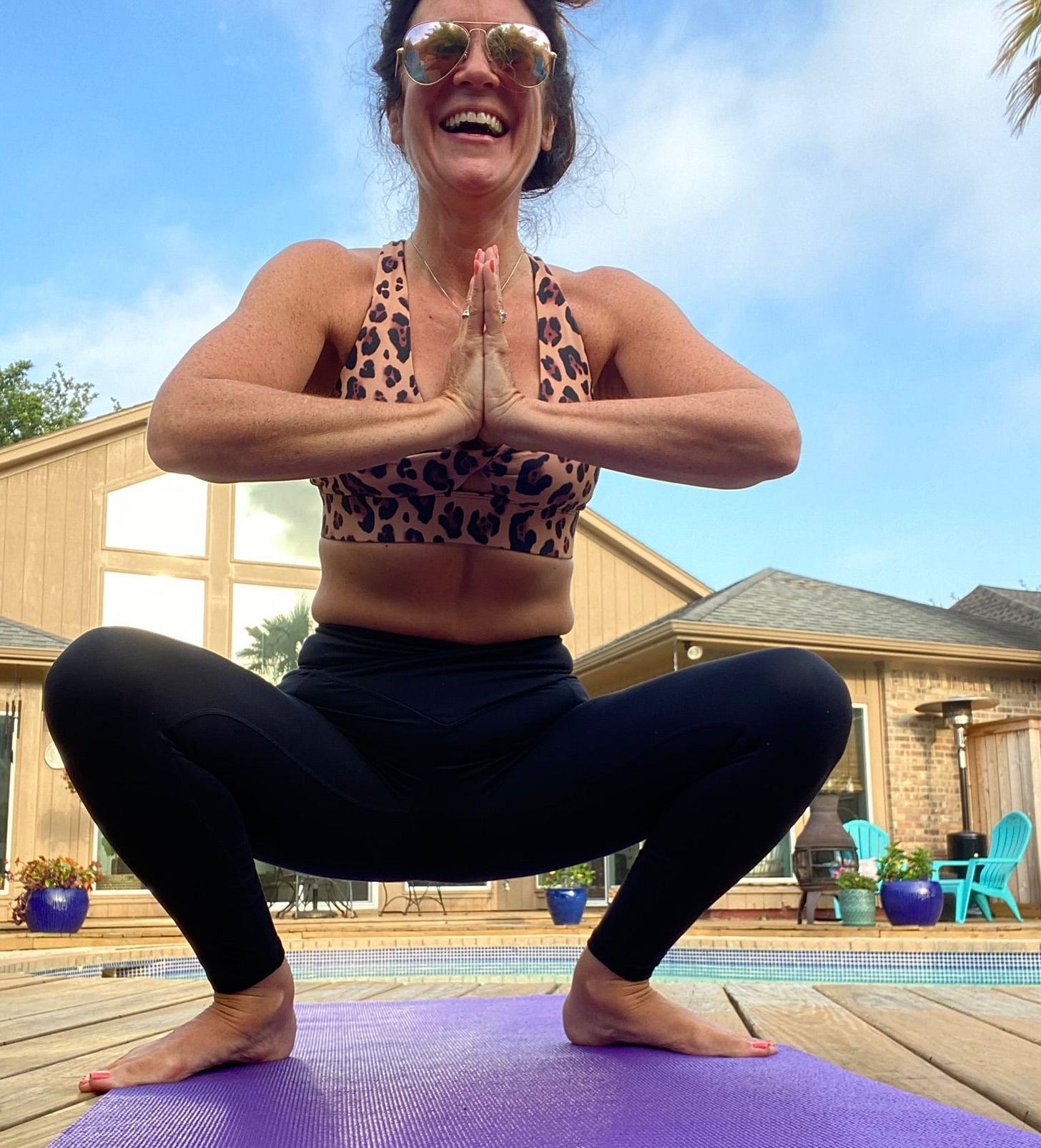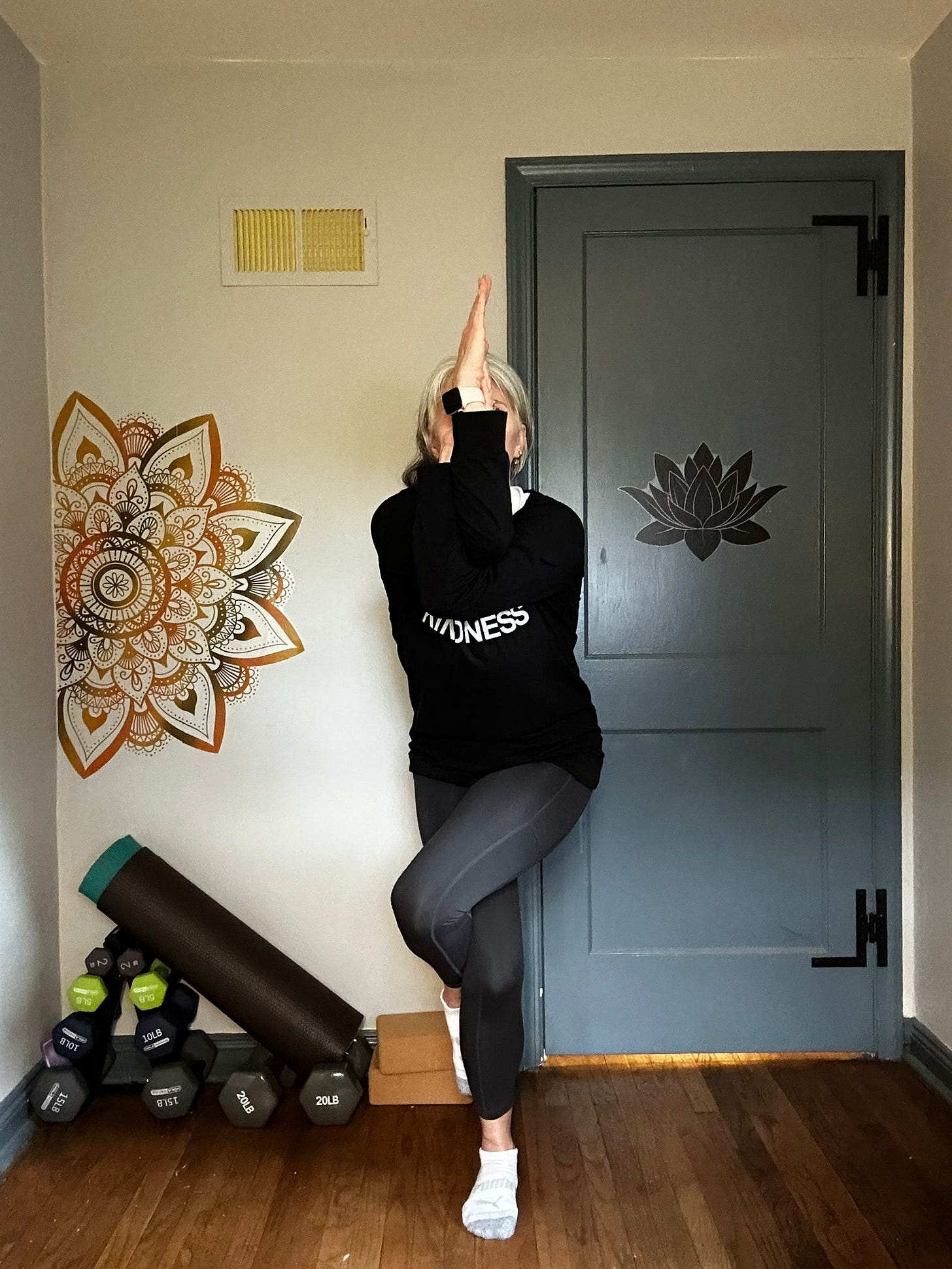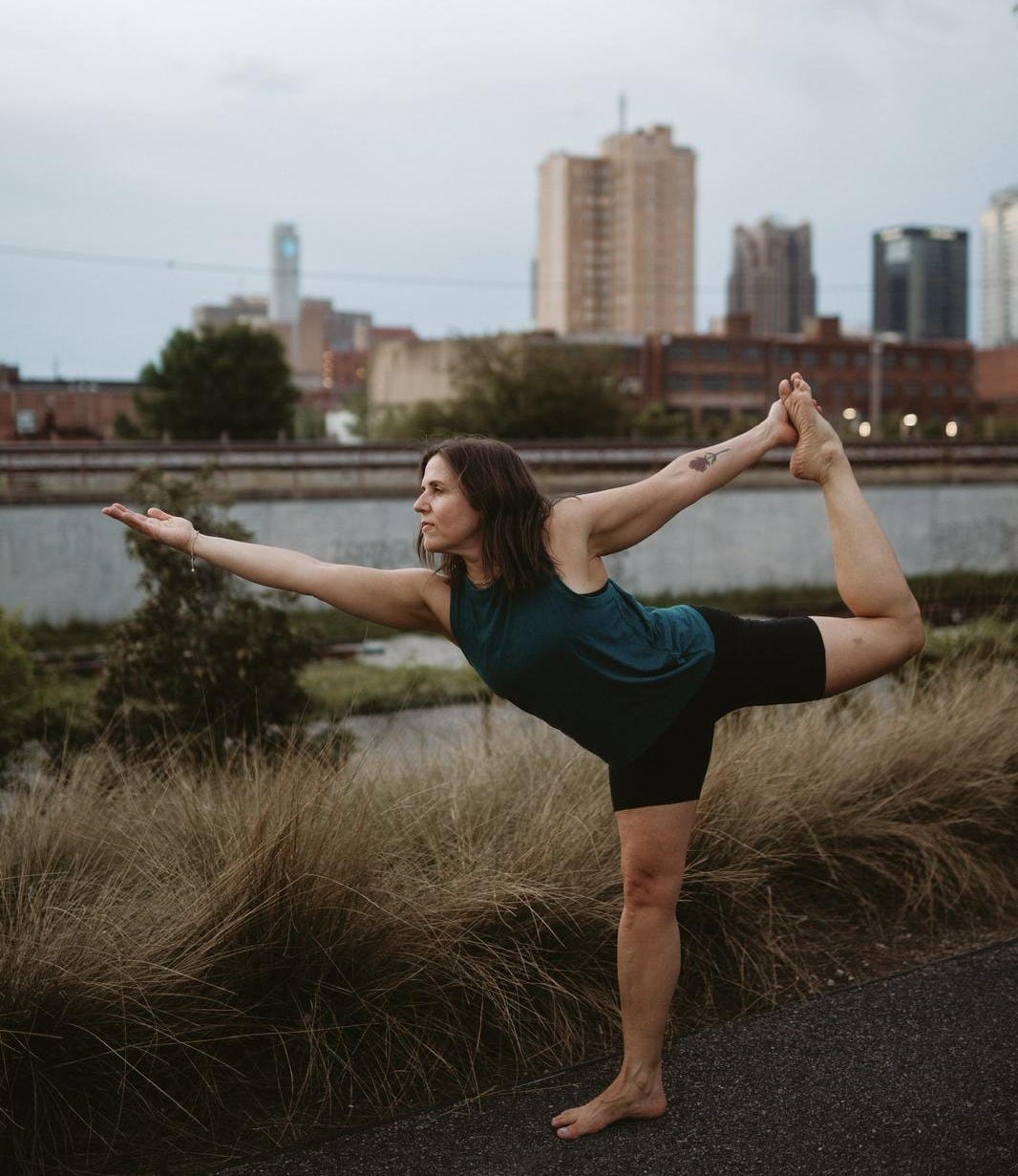Every June 21st, International Yoga Day is celebrated across the globe! This celebration was first established in 2014 by the United Nations (UN), with the goal of raising awareness about the physical, mental, emotional and spiritual benefits, which are derived from the practices of yoga. Since the creation of this day of recognition, countless in-person gatherings and virtual events have taken place to honor the roots of yoga and to acknowledge the positive impact that yoga has on health and wellbeing.
This year’s theme is “Yoga for One Earth, One Health,” and its intention, as the UN so aptly explains, is to “echo…[the] vital truth that personal wellness and planetary health are inseparably linked.” After all, when we develop a consistent yoga practice, and we begin to apply the knowledge that we have gained from yoga philosophy to our everyday lives, we are not only better able to care for ourselves, but we can also better care for all living beings and the planet as a whole. We are able to embody “the enduring Indian ethos of Vasudhaiva Kutumbakam,” or “the world is one family” (United Nations).
Are you interested in reading more about the theme of this year’s International Yoga Day? Check out Jess Macklin-Mitchell’s article, “International Yoga Day: How Yogic Values Shape Collective Health” in The Mindful Life Magazine!In honor of International Yoga Day, we decided to ask members of The Mindful Life Practice Community (MLPC) to tell us a little bit about their favorite asana pose (a physical yoga posture) and why they enjoy it!
However, it is important to highlight that although the Western World often focuses more on asana, yoga is so much more than a physical practice. Meditation, breathwork (pranayama) and devotion to a higher power, for example, are also key components of a well-rounded yoga practice!
What Poses Do Members of the MLPC love the most?
Trikonasana (Triangle Pose):
“Triangle pose is one of my favourites! Trikonasana involves coming into a wide-legged stance, with the toes of the front foot pointing forward, while the back foot is turned slightly inwards at a 45-degree angle. The legs are strong, and the chest is open. The front arm reaches toward the floor, and the back arm reaches high into the sky. The eyes gently gaze upwards toward the upper middle finger.
I enjoy this posture because I feel that it engages every element of the body. Triangle pose is not only a lateral bend, but it is also a heart opener. The legs, core and arms are all strong and engaged, but this posture also requires twisting. I love that Trikonasana involves both a push and pull of the body, whilst also incorporating an element of balance. The fact that the recommended drishti (focal point) is the middle finger is also fantastic, as looking upwards makes the pose feel light, open, and almost buoyant! Triangle pose makes my whole body feel alive!”
~Jess Macklin-Mitchell
Balasana (Child’s Pose):
“I love Balasana, or Child’s Pose, as it is a more well-known posture. Child’s pose is usually the first pose that I do during a practice, and it’s also often the only pose that I do on a day when I am particularly busy or tired!
Balasana is a hip opener, and it also offers a lovely shoulder stretch. This pose is also great for relieving that compacting sensation that you can get in your body when you’ve been sitting for ages. I often hear a cracking in my body when I move into this posture, which I actually enjoy, as the pose is helping me to release and lengthen my spine.
Another aspect of Child’s Pose, which I love, is the fact that I can place my forehead on the floor. Once there, I often enjoy massaging the brow and opening ajna (the third eye chakra).
There are so many options for what you can do after this pose, too! You can stretch out your arms by moving them over to the left and then to the right. You can come onto all fours in Table Top Pose (Bharmanasana) and then move into some Cat-cow exercises (Marjaryasana-Bitilasana).
Overall, Child’s Pose is a classic starting point in any asana practice. The pose if very grounding, and it’s a lovely posture to do when you’re hyper or stressed. Balasana is symbolic of a submission or surrendering…it is how we bow to the universe!”
~Rachel Brady
“My favorite yoga position is extended child’s pose, for sure! I love how grounding this posture feels. There is something about bringing your forehead towards the earth, having your arms outstretched, and resting the forearms on the ground that is very relaxing. I also love the deep stretch that you get in the hips in this pose. For me, it can be very hard to get a good stretch in this specific part of my hips, so child’s pose just feels really good!”
~Emily Thompson
Ardha Chandrasana (Half Moon Pose):
“My favorite pose is Half Moon! When I first started practicing yoga with the MLPC five years ago, I wanted so badly to master Half Moon. Slowly, over time, I have been able to steadily build my confidence, so that I can turn my gaze to the side…and even upwards on a good day! I have also realized that using a block helps me with my alignment. So now, whenever I come into this pose, I always use a block.”
~Leanne Golding
Ardha Chandrasana (Half Moon Pose) and Vrksasana (Tree Pose):
“My favorite category of poses is definitely balancing poses! Although they are a bit more challenging for me right now, as I have recently had a foot surgery, I enjoy the fun challenge of seeing if I can stay in a balancing pose for the amount of time that a yoga instructor has allotted for us to spend in it—knowing that if I wobble or if I fall, it is completely fine. In fact, as a yoga instructor, during Vrksasana or Tree Pose, I often tell my students that it is okay if they wobble or if they fall because trees wobble and fall all of the time too!
Out of the balancing poses, I would say that my favorite is probably Half Moon Pose, or Ardha Chandrasana. Or, even more fun, is Ardha Chandrasana Chapasana, which is the variation of Half Moon Pose where you reach back and take hold of the foot.
However, I also really love Tree Pose (Vrksasana), and I love taking photos in tree pose when I am traveling / out and about! Dancer’s Pose (Natarajasana) and Eagle Pose (Garudasana) are also a lot of fun, as well!”
~Sarah Millman
Vrksasana (Tree Pose):
“My favourite pose is Tree Pose (Vrksasana (it’s funny that I never hear the Sanskrit name!)).
Overall, I love the powerful and grounding experience that I get when I am in Tree pose. When I am fully embodying the pose, I have a feeling of freedom and flight, as I lengthen up towards the sky while I ground down into the earth through the feet. I feel connected, strong and stable in this pose!”
~Carolyn Millward
“When I first started to do Tree Pose, I fell a lot, and I kept thinking, I will never get this! But after a while, I could finally balance for a few seconds. My journey with my yoga practice has been very similar! I kept practicing until one day, I said, ‘Oh, look! I can do yoga!’ Now, I realize that there is actually a lot more to yoga than I realized. As a result, yoga has become my life now, and I am a forever student.”
~Hollie Ross
Uttanasana (Forward Fold):
“My favorite pose is forward fold! The pose is so simple, yet it provides so much relief in the lower back and legs. Uttanasana is definitely my ‘go-to’ pose whenever I need a moment to stretch and breathe!”
~Melissa Moxey
Viparita Virabhadrasana (Reverse Warrior Pose):
“One of my favourite yoga poses (because I have many!) is Reverse Warrior because it blends strength with openness, and it helps me feel grounded yet expansive. There's a grace to this pose that reconnects me with my breath and inner power!”
~Dora Ross
Kapotasana (Pigeon Pose):
“My favorite posture is Pigeon pose. I love the deep stretch in the hip flexors that Pigeon Pose provides! I also love that this pose helps to reduce any feelings of stress and anxiety that we may be carrying with us.”
~Kristen Hutchinson
“My favorite yoga pose is Pigeon Pose—in particular, the version where we are invited to release into a forward fold. Out of all of the yoga poses, the stretch in Pigeon Pose feels best in my body. I also find that this posture quiets my mind more effectively than other poses because my nose is to the mat, and I can hear myself breathing.”
~Kara Dailey
Marichyasana (Sage’s Pose):
“I’m currently in love with Marichyasana Pose. This pose is named after the sage Marichi, whose name means “Ray of Light” in Sanskrit. In this asana, which stretches the back, shoulders and hips, we are able to work with the light of the sun and moon, so that we can illuminate truth.”
~Gretchen Pascalis
Malasana (Yogi Squat):
“Malasana, or the yogi squat, has always been one of my favorite yoga poses. I feel completely at ease in this pose, as it’s grounding, relaxing, and surprisingly supportive of my back. In my past career as a theatre director, I would guide my students into this pose during our classes, and without fail, I would share a little fun fact: ‘Rather than using a chair, most of the world relaxes by sitting in this pose! People around the globe also sit like this to use the restroom.’ That last part always got a few giggles, but it also sparked curiosity…and for good reason.
Malasana is more than just a deep squat. With time, I learned that yogi squats are also a powerful posture that opens the hips and releases long-held tension and stress. In fact, it wasn’t until last summer when I was participating in the 200-hour Yoga Teacher Training with the Mindful Life Practice in Bali that I discovered just how much trauma we can store in our hips. What happens when we put in the work to release all of that energy? Let’s just say that although it can be unexpectedly emotional, it is incredibly healing.
In addition to everything that I have already mentioned, this pose does wonders for digestion, balance, and lower-body strength. Malasana also tones the pelvic floor, which is something that we don’t talk about nearly enough. Pelvic floor strength is essential for our health as we age!”
~Juliet Rogers
Viparita Karani (Waterfall Pose):
“My favorite yoga pose is Waterfall pose, or Viparita Karani. It is my favorite pose because it is a restorative, gentle inversion that improves circulation and relieves back pain after I am on my feet all day at work. It is a good pose for calming both the body and the mind because I can stay in it while practicing meditation or breathwork.
Additionally, I love that Viparita Karani can be practiced with a block (which can be placed under the sacrum) or with the legs against a wall. I can choose the variation that works best for me depending on what my body needs on a given day.”
~Rachana Sharma
Garudasana (Eagle Pose):
“Eagle Pose is my favorite posture because it activates the lymph nodes, which helps us to flush out toxins and support our immune health. I also love the challenge that Garudasana presents, as finding balance can be difficult in this pose because our arms obscure our drishti (point of focus).
In life, we must stay focused even when obstacles appear and obstruct our paths. Eagle Pose embodies this need to persevere, as it is a powerful reminder to stay steady and centered—no matter what.”
~Meg Hamilton
Natarajasana (Dancer’s Pose):
“One of my favorite yoga poses is Natarajasana, or Dancer’s Pose. I love this pose for its complexity—it demands balance, heart opening, and a deep stretch through the hip flexors (mine are always tight!). But beyond its physical challenge, the mythology behind the pose is what truly resonates with me!
Natarajasana embodies the cosmic dance of Shiva (the Hindu God of destruction and transformation). Shiva moves to the rhythm of his own drum and is encircled by fire. The fire symbolizes the cyclical patterns and habits in which we all find ourselves trapped. To break free, there must be destruction—an unraveling of what no longer serves us. And while destruction sounds intense, it paves the way for rebirth, growth, and compassion.
But change is never easy. Change carries uncertainty, resistance, and fear. This pose teaches us to embrace the kind of transformation that leads to relief from suffering. After all, Natarajasana asks us to engage in both a backbend and a balancing pose at the same time, and both of these movements naturally trigger fear because they require openness and bravery. We tend to store fear in our hearts, and when we open the heart space, we create the opportunity to let go.”
~Renee Jernigan
